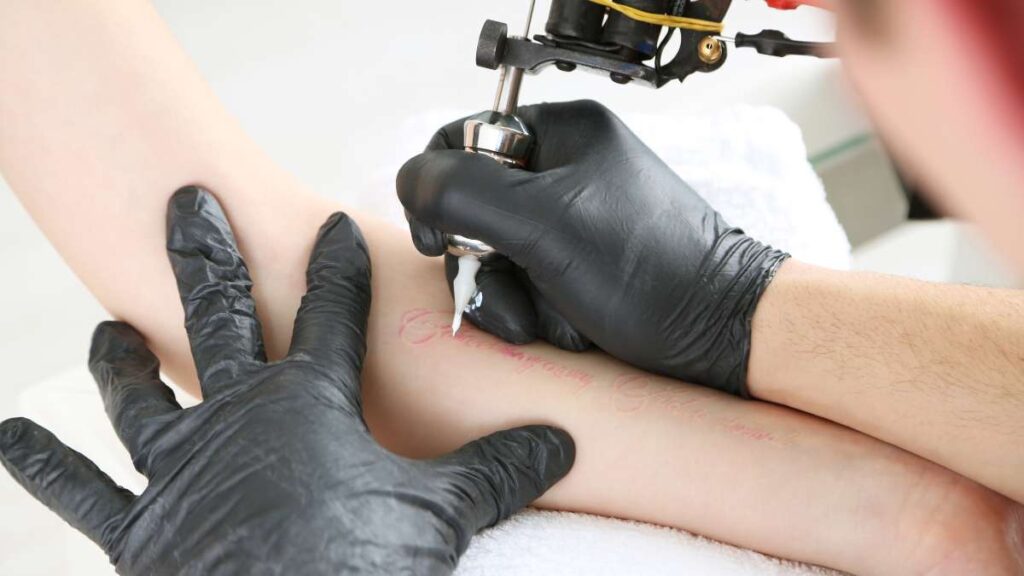The wedding industry, a vibrant tapestry of traditions and trends, has undergone significant transformation in recent years. Marked by a blend of timeless rituals and contemporary styles, this sector not only celebrates love but also sustains a diverse range of businesses, from jewellers to cosmetic brands, and venues. The recent global events, notably the pandemic, have notably reshaped wedding trends, propelling businesses to adapt and innovate.
Contents
- Contemporary Wedding Trends and Their Business Impact
- The Rising Popularity of Lab-Created Diamonds
- Micro-Weddings: Intimacy Over Grandeur
- Localized Destination Weddings
- Digitalization in the Wedding Industry
- Multicultural Weddings and Their Commercial Potential
- Emerging Bridal Cosmetic Treatments
- DIY Trends in Modern Weddings
- Economic Impact and Market Size
- Strategies for Businesses to Adapt to Changing Trends
- Conclusion
Contemporary Wedding Trends and Their Business Impact
Today’s wedding industry is characterized by dynamic trends that significantly influence related businesses. Maximalism, for instance, has ushered in an era of luxury and boldness, impacting everything from venue décor to bridal wear. This shift towards extravagance demands businesses to cater to a clientele seeking vibrant prints, lush floral arrangements, and elaborate designs. Similarly, the rise in custom dance floors and statement wedding aisles signifies a preference for unique, expressive wedding setups, compelling venues and decorators to offer personalized options.
The trend of epic after-parties reflects a desire for extended celebrations, necessitating venues and service providers to accommodate longer events with additional services. Personalized wedding experiences, where couples seek celebrations that mirror their unique stories, have led to the creation of tailored packages by venues and service providers. Pre-ceremony “Warm Welcome” events have emerged as a prelude to the main ceremony, creating opportunities for venues to offer additional spaces and catering services.
The Rising Popularity of Lab-Created Diamonds
A significant shift in the wedding jewelry market is the rising popularity of lab-created diamonds for engagement rings. These diamonds offer cost efficiency and contemporary styling, appealing to modern couples looking for cost effective engagement rings. They possess the same brilliance as mined diamonds but at a more accessible price point, providing a variety of shapes and styles to cater to diverse preferences.
Micro-Weddings: Intimacy Over Grandeur
Micro-weddings, defined by their intimate scale with fewer than 50 attendees, are becoming increasingly popular. This trend prioritizes closeness and personal connections, allowing couples to invest more in high-quality elements like catering or exclusive venues, without the costs associated with larger guest lists.
Localized Destination Weddings
The charm of destination weddings remains, but there’s a growing preference for local destinations. These “wedding staycations” allow couples to enjoy picturesque, meaningful locations without the need for extensive travel. This trend benefits local businesses and venues, as they cater to couples seeking scenic spots close to home.
Digitalization in the Wedding Industry
The wedding industry is not immune to the digital revolution. Digital invitations and online registries are now the norm, reflecting a shift towards convenience, efficiency, and environmental consciousness. This trend aligns with the modern, virtual lifestyle and reduces the environmental impact traditionally associated with weddings.
Multicultural Weddings and Their Commercial Potential
Multicultural weddings, blending traditions from different cultures, are a reflection of our globalized world. These ceremonies offer unique opportunities for businesses to provide culturally sensitive services, from decorations and attire to catering and entertainment, catering to the bespoke needs of couples.
Emerging Bridal Cosmetic Treatments
An intriguing development in the wedding industry is the growing demand for bridal cosmetic treatments, such as tear trough fillers. This trend reflects a broader shift towards personalized beauty regimens tailored to brides’ desires for their special day. These treatments, aimed at enhancing natural features and ensuring a radiant appearance, have become as integral to wedding preparations as traditional make-up.
Skincare clinics and cosmetic professionals are now increasingly aligning their services with the wedding industry, offering bespoke packages that cater to the unique needs of brides. This integration underscores a holistic approach to bridal beauty, where long-term cosmetic treatments complement the more transient aspects of wedding-day makeup. The rising popularity of these services not only diversifies the wedding industry but also amplifies its focus on personalization and self-care.
DIY Trends in Modern Weddings
DIY elements in weddings allow couples to add a personal touch to their celebrations. This trend has given rise to handcrafted invitations, floral arrangements, and even home-baked wedding cakes, indicating a shift towards more personalized and intimate celebrations.
Economic Impact and Market Size
The economic footprint of the wedding industry is substantial, with the market size in the United States reaching $70.3 billion in 2023. The average cost of weddings and the employment figures within this industry highlight its significant role in the economy.
Strategies for Businesses to Adapt to Changing Trends
For businesses in the wedding industry, adapting to these evolving trends is crucial. Enhancing venue spaces, promoting sustainable services, and incorporating current trends into marketing strategies are key to attracting modern couples. Building a network of wedding professionals can also help businesses offer a wider range of services and adapt to diverse customer needs.
Conclusion
The wedding industry continues to evolve, mirroring societal changes and technological advancements. For businesses within this sector, the ability to adapt and respond to these changes is essential for sustained growth and success.







